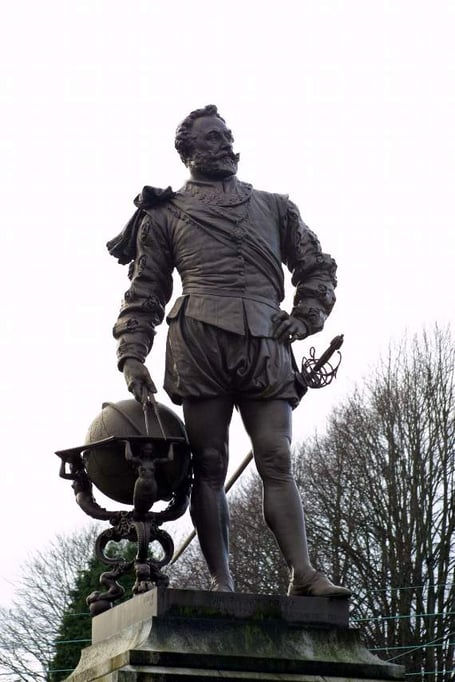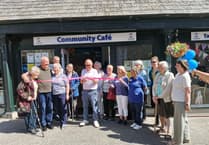TAVISTOCK Town Council is working with partner agencies in order to portray the whole history of Sir Francis Drake, following a call from members of the public to remove his statue from Plymouth Road due to his connections to the slave trade.
There are no plans by the town council to remove the statue but ideas, including the addition of an information board explaining the links of Drake to slavery with input from local students, will be heard at the council’s full council meeting next Wednesday (July 1).
Recent international and national anti-racism protests highlighted connections historic figures had to the history of slavery and slave trading — and in Bristol, protesters tore down the statue of 17th century figure Edward Colston as he was a member of the Royal African Company that transported men, women and children from Africa to the Americas.
Since then, petitions have been launched to remove statues of other historical figures for their connections to the slave trade — including that of Tavistock’s Grade II Listed statue of Sir Francis Drake on Plymouth Road.
At the town council’s virtual meeting next Wednesday, members will be informed of what actions have been taken, along with how it is working with organisations from Tavistock in order to portray the history of Drake, alongside his better known achievements, recognising the less well known links to early English slave trading.
Town clerk Carl Hearn said that ‘having listened to representatives on all sides of the debate’, the council was working with Tavistock Heritage Trust and Tavistock Rotary Club to ‘develop that less well known strand of interpretation in an intellectually credible and historically responsible way in order that the community can make their own assessment’.
To complete this, the council will add either a plaque — consistent with the approach being adopted by Plymouth City Council with its statue of Drake — or an information board safely located for the public to read. It will work with local schools during coronavirus to present a ‘virtual’ lesson covering this topic and engage with students as to how the content of the plaque can be informed for a contemporary audience.
There are also plans to develop greater information and interpretation of the links of Tavistock to slavery for inclusion in the ongoing future heritage offer being developed in the town.





Comments
This article has no comments yet. Be the first to leave a comment.